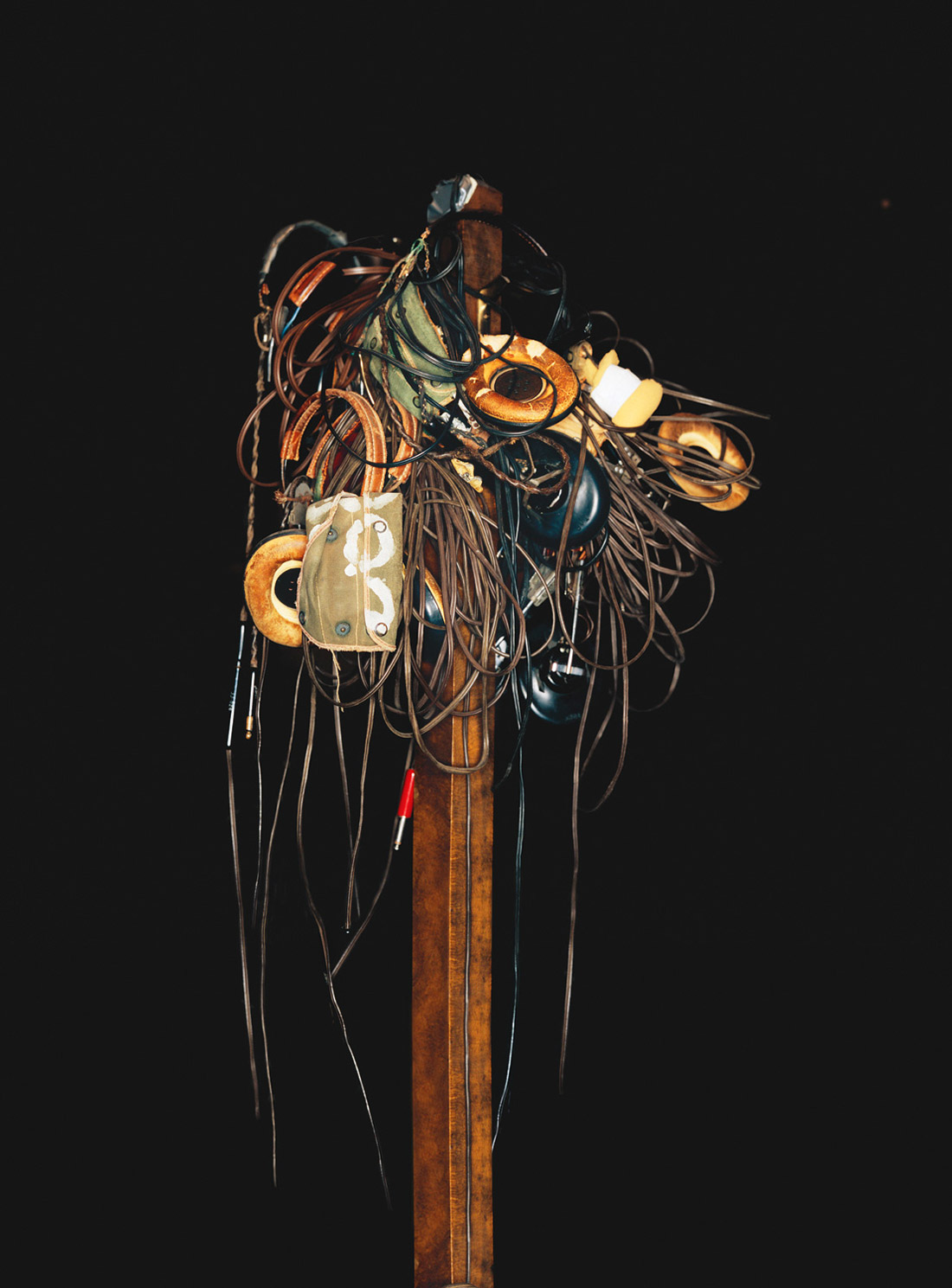During the last couple years, the 500-series format has developed into an industry standard among audio manufacturers, but over and over, I’ve found myself reading online that Neve clones would never be compatible due to voltage and current restrictions. The first time I read this supposed fact, I said to myself, “Wait, isn’t the 500-series standard +/–16 volts the same thing as 32 volts, which is more than the 24 volt rails on most Neve gear?” Apparently I wasn’t the first or only one to figure this out, and with the introduction of efficient, low-noise DC-to-DC converters several years ago, there has been a recent burst of Neve-style designs redone for 500-series, including the 1073LB ( Tape Op #82) from AMS Neve. LAZ have been selling kits of their EQN, a clone of the classic 1084 EQ, to Group DIY members for a while now, but they’ve also been quietly releasing commercial versions of their designs.
The EQN is a very simply laid-out EQ, especially if you’re comfortable with its grandfather, the Neve 1084, but without the 1084’s mic/line stage. Each of three bands has selectable frequencies and a boost/cut knob. There’s also a switchable high-pass filter. The EQN adds three new frequencies to the high and mid bands but also leaves off the 1084’s low-pass filter. Personally, I love having low-pass filters around, but I imagine it was a space issue. The EQN is one of the most densely packed pieces of gear I’ve ever opened, with swappable op-amps for easy repairs, and both input and output transformers spec’ed to the original Neve St Ives.
At Strange Weather, we don’t have any 1084s; however, we do have a pair of Neve 1064s. The 1064 is the same design as the 1084/1073/1066, but with a longer faceplate (like a 1081). The main electrical difference is the Q, or how sharp the EQ curves are. While the 1084 has a fairly wide Q with a switch to sharpen it up a bit, the 1064 has the even steeper rise of a 1073. The 1064s get used on every session, so the EQN had a high bar to reach up to. I first used it for mixes of a band called MKNG FRNDS from Brooklyn. My goal was to help them combine their more modern electronic sound with some classic aspects. On the first track, I set the 1064 and EQN similarly and applied them to the vocals to compare. The EQN’s curve sounded a little different (to be expected), and the sound was lacking a slight bit of the creaminess of the Neves. However it was certainly as close as any other clone I’ve ever tried, and any difference could easily be attributed to the fact that the EQN was linked to an API line stage in my API 1608 console (Tape Op #81) as opposed to the Neve line/mic amp built into every 1084.
Next, I put them up on more of the electronic sounds, particularly bass and drums. For those two instruments and the grittier vibe we were going for, I actually preferred the EQN by quite a bit! The extra bite was just what we were looking for, and the sharpness of the filter in Hi-Q mode helped give the tracks the accent they needed to stand out in the mix.
Since that record, I’ve filled one entire bucket of my API 1608 with 16 EQNs. I built all of mine from kits, but even with my shoddy builds, they’re extremely sturdy. I’ve yet to have one give me any trouble once I got it working properly, so I have to imagine that the commercially-sold ones are like rocks. And having the versatility and sonic heft of Neve-style EQs combined with the headroom and clarity of an API console is an astounding experience. LAZ are a small operation, but if they continue designing and releasing units like this, I can’t imagine them staying that way for long.
(Kit £145 GBP, assembled £695 GBP; www.lazpro.com)
–Marc Alan Goodman, www.strangeweatherbrooklyn.com
EQs, Mic Preamps | No. 125
3 Filters & 3 Preamps You'll Actually Use Plug-Ins
by Dana Gumbiner
True to their rather clever names, these two plug-in bundles feature easy-to-use and accurate emulations of 3 sought-after preamps and 3 classic synth filter sections, each with some creative...




_disp_horizontal_bw.jpg)